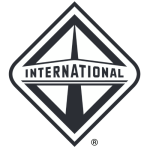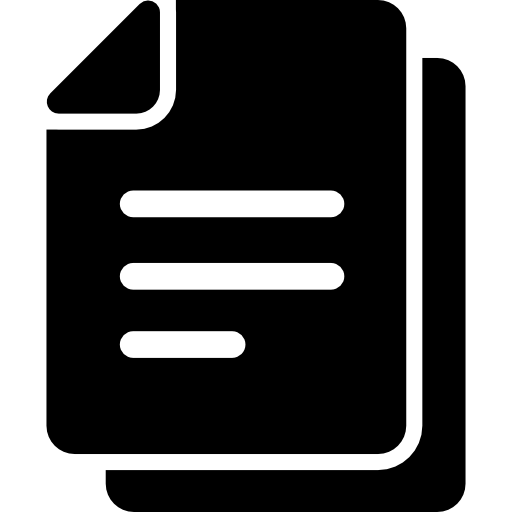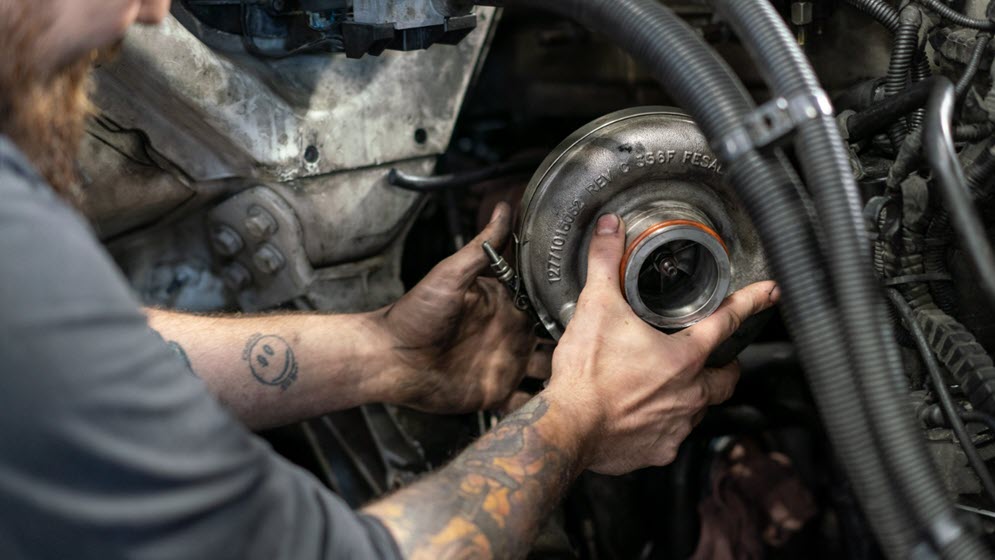
Tire Maintenance Tips
Proper maintenance is essential to the health of your tires. The following tips can help ensure your truck’s tires are safe and in good condition:
- Check Tire Inflation: Checking your tire pressure frequently after the tires have cooled down can help prolong their lifespan.
- Monitor Tire Wear: Friction is the culprit behind tire wear. Proper tire alignment, inflation, and load-carrying capacities are needed to ensure a tire’s tread is wearing evenly.
- Complete Regular Inspections: Check the valve caps, tire wear patterns, sidewall conditions, lug nut conditions, and suspension components for any damage.
Brake Maintenance Tips for Drivers
Proper brake maintenance starts at the individual level. Take the following steps to avoid brake troubles and unsafe situations:
- Conduct Routine Inspections: Check for issues like chafing, damaged components, worn or cracked brake pads, or cracked brake drums. When you measure push-rod travel stroke, make sure the air pressure gauges are 90 to 100 PSI.
- Check Tire Pressure: Applying the brakes puts a strain on the tires. To avoid unnecessary wear and tear, ensure your truck’s tires are always at the appropriate PSI.
Brake Maintenance Tips for Fleet Managers
Educating your drivers and monitoring their driving behaviors can help increase the longevity of the braking systems in your fleet.
- Preventive Care: Ensure drivers are instructed on how to properly inspect brakes. Follow up by planning brake maintenance programs that give drivers a clear-cut inspection schedule.
- Safe Driving Behaviors: Incorporate responsible driving behaviors into safety meetings and educate drivers on how brake issues can be avoided by driving with care.
- Use Telematics Data: In addition to vehicle and trailer tracking, telematics can be used to detect dangerous vehicle events, such as hard braking or speeding.
Winter Checklist
With proper maintenance and preparation, your truck or fleet can conquer cold weather conditions easily. Check the following items before winter arrives:
- Battery: Check expiration dates and state of charge. Use a handheld tester to measure the volts when the battery is fully charged and discharging.
- Diesel Fuel: Paraffin causes diesel fuel to “gel” or turn waxy in cold weather. To prevent this, use a blend with a high cetane rating and anti-gel additives each time you fill up the tank. Be sure to keep emergency anti-gel additive on-hand while you travel in case temperatures drop significantly.
- Cooling Systems: After letting the engine cool, pressure test the coolant to ensure it’s at 15-18 PSI after turning on the heater control valves. Inspect hoses for wear and tear and secure any loose components.
- Fuel Filter & Water Separator: Check the water separator every day and drain the fluid when it’s full. Replace the fuel filter if it’s due for a change.
- Engine Block Heater: Ensure the electric engine block heater is working properly.
- Air Dryer: Check the air dryer and its filter to help keep water out of the brake lines.
- Tire Pressure: Keep tabs on your truck’s tire pressure throughout winter. Cold temperatures can slowly reduce tire pressure, impacting tire tread life, fuel economy, and your safety. Use valve caps to help prevent moisture and ice build-up in the valve cores.
- Tire Chains/Traction aids: Make sure chains can be easily accessed and inspected to ensure that they are in proper working order.
- Draining air tanks: It’s important to make sure there is no water is inside the air tanks (even those with drains) that could freeze and damage the tanks.
- Inspect trailer glad hand seals (daily – especially in winter), air hoses and electrical cord and socket for damage, cuts, or tears.
- Open any coolant shut offs to the cab.
Daily Inspection Tips:
Top DOT Violations
- Tires
- Brakes
- Suspension
- Headlights, tail, trailer lights
- Engine/Leaks
Daily Inspection Tips that can help keep you on the road and out of DOT violation.
- Check the Tire Pressure Monitoring System (TPMS) reading – right from the instrument panel – for tire pressures.
- Checking daily fluids.
- Automatic drain valves – especially important in the winter to prevent freezing of the brakes, helps maintain brake components.
- Light inspection check – checking to make sure no headlights or trailer lights are out before getting on the road.
- Checking any air leaks from air bags that could impact suspension.
- Check that the fifth wheel has grease. This can help with many issues including steering and other concerns.
Improvements we have made to be a leader in the industry with service and maintenance for our International® vehicles:
On-highway (Class 8 (LT Series))
- DPF total cost over lifetime of vehicle (equal to /best in class).
- Transmission service – fluid changes & filter.
- 5th wheel grease interval.
Medium Duty
- New location of the fuel filter on the driver’s side and air dryer on the passenger side under the hood for easy access and maintenance.








